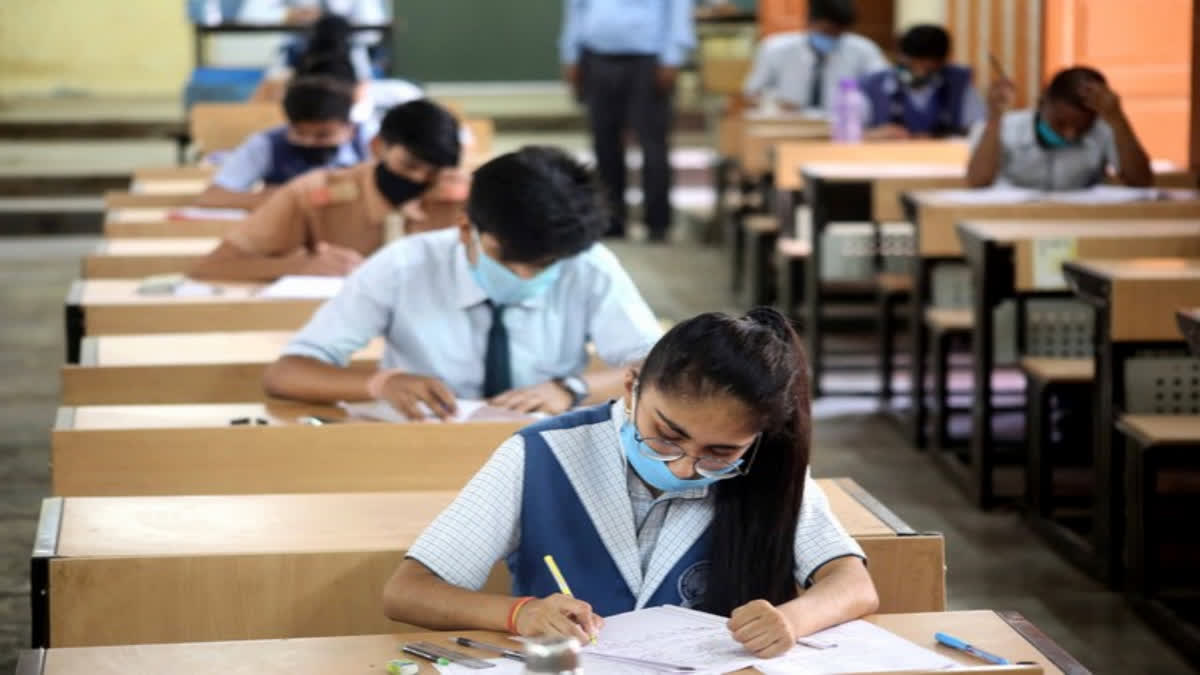New Delhi:The quality of school education in rural areas has gone downhill due to multitudinous factors, states a startling report by the Annual Status of Education Report (ASER) released on Wednesday. The report titled 'Beyond Basics' is a comprehensive study of the factors leading to dropouts, the shrinking percentage of vernacular fluency among 14 to 18-year-olds and gender gaps in enrolment.
As per the study, although more than 86.8 per cent of youngsters in the age group of 14 to 18 years are enrolled in educational institutions, a whopping 25 per cent cannot even read a Class II level text fluently in their regional languages. Speaking of the uneducated, the report states more than 32 per cent of those aged 18 or above are not enrolled in educational institutions.
Adding to existing woes, the COVID-19 pandemic acted as a catalyst by increasing the number of school dropouts. As per the report, several older students dropped out of school during the pandemic due to a loss of livelihood and financial constraints. While the report pointed to minute gender gaps in enrolment, it flagged notable differences between age groups.
"There are small gender gaps in enrollment, but notable differences are visible by age. Older youth are more likely to be not enrolled. The percentage of youth not enrolled is 3.9 per cent for 14-year-olds and 32.6 per cent for 18-year-olds," the report said. While more than 55 per cent of students of Classes 11 to 12 opt for humanities, what is striking is that females are less likely to be enrolled in the STEM (science, technology, engineering, mathematics) streams than males, the report states.
"In Classes XI and XII, 55.7 per cent of students opt for the Arts and Humanities stream. While a meagre 28.1 per cent of females get enrolled in the STEM stream, a healthy 36.3 per cent of males opt for it.
